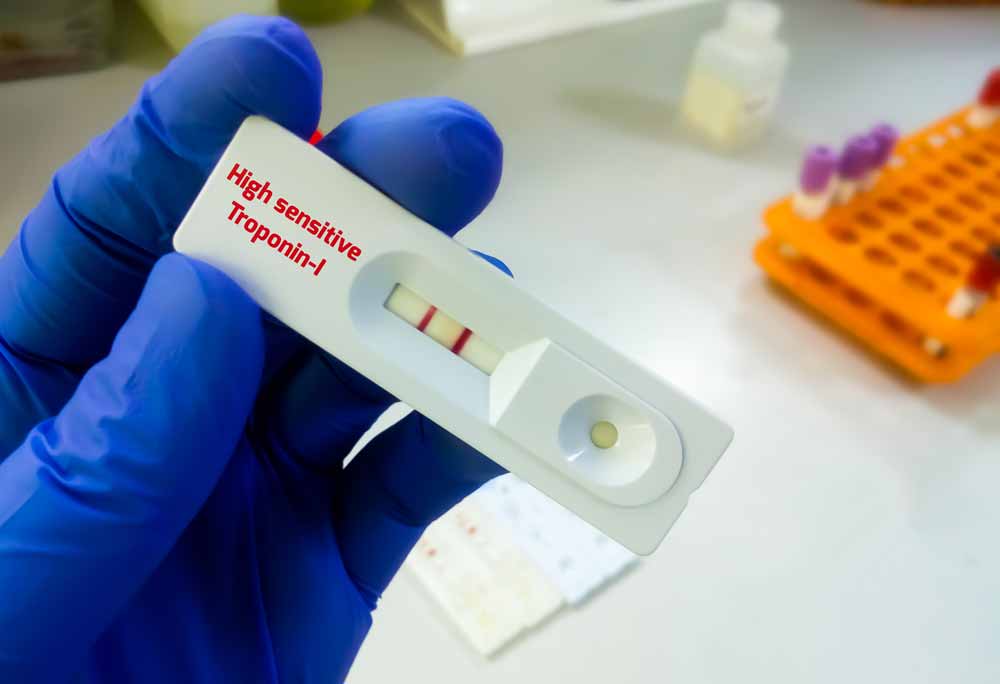Simplified version of the PESI scale sPESI (Pulmonary Embolism severity index)

The PESI scale (Pulmonary Embolism Severity Index) is designed to assess the prognosis of 30-day mortality in patients with pulmonary embolism from the moment of their hospitalization. The simplified version of the scale (sPESI) includes 6 factors and does not contain laboratory parameters, this facilitates its application while maintaining the possibility of risk. It should be noted that the scale can be used during the initial examination before the start of treatment measures, which can change the indicators of the patient’s status and reduce the scores.
The sPESI is a simpler version of the PESI that is easy to apply to patients who have been diagnosed with PE. In the derivation study, it had a better negative predictive value than the PESI. It is simpler to use and has comparable inaccuracy.
≤ 80 years
> 80 years
Yes
No
Yes
No
≥110 bpm
<110 bpm
˂100 mmHg
≥100 mmHg
≥90%
˂90%
| Score | Risk | Interpretation |
|---|---|---|
| 0 | 0 | 0 |
According to the updated ESC standard, patients undergo additional risk stratification with the calculation of the PE severity index according to the original scale (PESI) or according to its simplified version (sPESI).
| Parameters | Simplified version |
| Age years | 1 point (if age˃80 years) |
| History of cancer | 1 point |
| History of heart failure | 1 point |
| Heart rate ≥110 | 1 point |
| Systolic BP <100 mmHg | 1 point |
| O2 saturation <90% | 1 point |
In the setting of a patient diagnosed with pulmonary embolism, the sPESI can be utilized to determine if he/she is a possible candidate for outpatient management. For those determined to be low risk (score of 0), mortality risk is 1.1%.
The Simplified Pulmonary Embolism Severity Index (sPESI) was designed to remove some of the more complicated elements of the Pulmonary Embolism Severity Index (PESI) and aid in the risk stratification of patients with pulmonary embolism (PE).
The sPESI is easier to remember and simpler to use than its predecessor.
The sPESI has been shown to be equally as accurate as, if not more than, the original PESI.
The sPESI is a rule-out type of tool. ALL criteria must be answered “no” in order for the patient to be considered low-risk.
The sPESI is meant to aid in decision-making, not replace it. Clinical judgment should always take precedence.
Patients determined to be low risk can be considered for outpatient management if clinical and social factors warrant it.
Interpretation of results:
Evaluation of the result. If the sPESI score is ≥ 1, the risk is considered high.
With an index of 0 points, the risk of death is low and PE therapy can be carried out on an outpatient basis.
Classification of patients with acute PE according to the risk of early mortality
| Early mortality risk | Risk criteria | ||||
| Unstable hemodynamics (shock, hypotension) | PESI * class III-IV or simplified PESI≥1 point | Signs of right ventricular dysfunction according to imaging examinations | Elevated cardiac troponins | ||
| High | + | (+) | + | (+) | |
| Average | High | ‒ | + | + | + |
| Low | ‒ | + | +/‒ | +/‒ | |
| Low | ‒ | ‒ | ‒ | ‒ |
One of the criteria for assessing the risk of early mortality due to PE is its class according to the PESI scale, which provides for the assessment of clinical parameters and comorbid conditions that affect the 30-day prognosis.
The Pulmonary Embolism Severity Index (PESI) is a risk stratification tool that has been externally validated to determine the mortality and outcome of patients with newly diagnosed pulmonary embolism (PE).
In the setting of a patient with renal failure or severe comorbidities, clinical judgment should be used over the PESI, as these patients were excluded in the validation study.
The PESI score determines the risk of mortality and severity of complications.
The score does not require laboratory variables.
It is meant to aid in decision-making, not replace it. Clinical judgment should always take precedence.
The PESI score determines clinical severity and can influence treatment settings for the management of PE.
Class I and II patients may possibly be safely treated as outpatients in the right clinical setting.
Resources:
- Aujesky D, Obrosky DS, Stone RA, Auble TE, Perrier A, Cornuz J, Roy PM, Fine MJ. Derivation and validation of a prognostic model for pulmonary embolism. Am J Respir Crit Care Med. 2005 Oct 15;172(8):1041-6. doi: 10.1164/rccm.200506-862OC. Epub 2005 Jul 14. PMID: 16020800; PMCID: PMC2718410.
- Donzé J, Le Gal G, Fine MJ, Roy PM, Sanchez O, Verschuren F, Cornuz J, Meyer G, Perrier A, Righini M, Aujesky D. Prospective validation of the Pulmonary Embolism Severity Index. A clinical prognostic model for pulmonary embolism. Thromb Haemost. 2008 Nov;100(5):943-8. doi: 10.1160/th08-05-0285. PMID: 18989542.
- Aujesky D, Roy PM, Verschuren F, Righini M, Osterwalder J, Egloff M, Renaud B, Verhamme P, Stone RA, Legall C, Sanchez O, Pugh NA, N’gako A, Cornuz J, Hugli O, Beer HJ, Perrier A, Fine MJ, Yealy DM. Outpatient versus inpatient treatment for patients with acute pulmonary embolism: an international, open-label, randomised, non-inferiority trial. Lancet. 2011 Jul 2;378(9785):41-8. doi: 10.1016/S0140-6736(11)60824-6. Epub 2011 Jun 22. PMID: 21703676.
- Jiménez D. et al. Simplifi cation of the pulmonary embolism severity index for prognostication in patients with acute symptomatic pulmonary embolism. Arch Intern Med. 2010; 170(15): 1383–1389.





